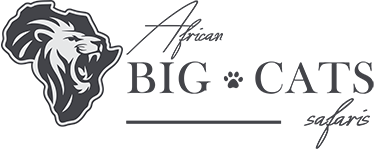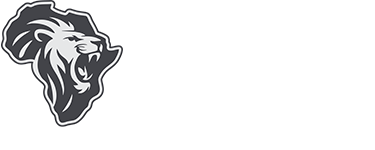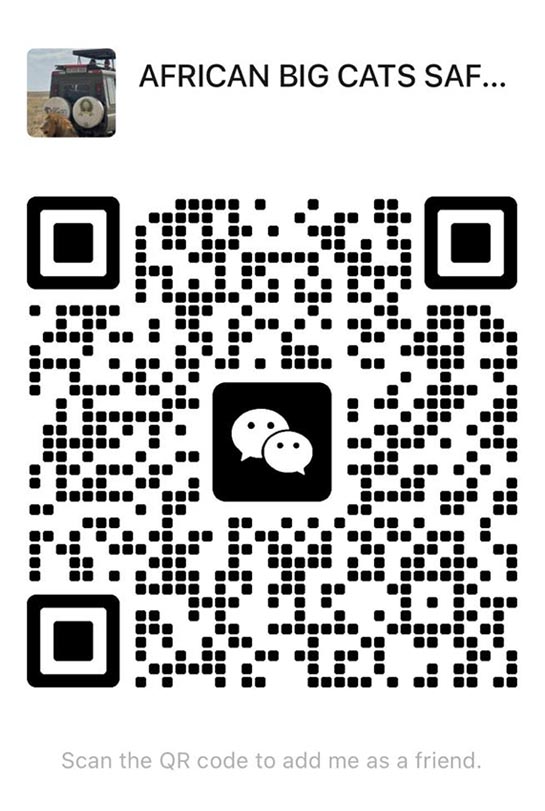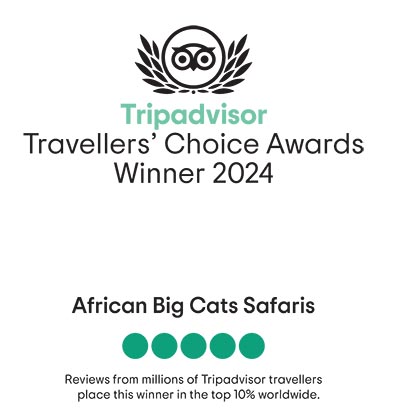Mount Kilimanjaro Faq’s
Where is Mount Kilimanjaro?
Mount Kilimanjaro is located on the northern part of Tanzania in Kilimanjaro region. It is near the town of Moshi and Arusha city.
Which is the best route?
There are at least six routes to climb Kilimanjaro but we do recommend the 8-day Lemosho, 7 days Machame and 9 day northern circuit route. These routes offer the best summit success rates and beautiful scenery.
How experienced should I be?
You do not need to be experienced, but we do advise that you do regular training to be fit since you will enjoy more and increases your summit success rates.
What Equipment do I need during the trek?
- Although most of the equipment can be rented here, we recommend the following equipment during your trek as how they appear on our packing list.
- Thermal underwear, base layer, trekking shirts, trekking trousers, insulation layer or fleece jacket, third layer jacket/waterproofing, north face rain gear, headband, neck warmer, head lamp, sunglasses, gloves (inner & outer), trekking poles, hiking boots, trainers, thermal & trekking socks, gaiters, 60litres duffel bag, 30litres backpack, rain cover, hydration bladder, water bottle & water purification tablets.
- Other equipment includes camera, spare batteries, energy drink supplement, energy bars, ear plugs, hand sanitizers, wet wipes, trekking towel, insect repellent, sweat resistant & small lock.
Where do we sleep?
You will sleep in tents which are set up by the porters at your camp unless if you choose the Marangu route where you will sleep in Huts whereby there are bunk beds. All the equipment will be carried by your porters and we will offer sleeping bags, mattress and pillows during your trek.
What is the best time to Climb Kilimanjaro?
Climbing Kilimanjaro can be done all year round but the best months to climb Kilimanjaro are July to October and December to February since these are the warmest and driest months.
What kind of food should I expect?
Food prepared is locally produced, healthy and nutritious which is prepared by your chef and his assistant. During breakfast, you will have tea, coffee, milk, eggs, cereals, toast, porridge, cereals, bread, fruits, bacon, sausages etc. You will have hot lunch which mainly consist carbohydrates such as rice, potatoes and pasta which is served with meat, fresh vegetables, fruits and nuts. Our menus have been carefully designed to ensure the food is delicious, easy to digest, and provides plenty of energy. You may also want to bring some supplementary comfort foods such as candy, gum and chocolate bars. We can also cater special diets and accommodate your needs, if you are a vegetarian or vegan. Contact us and we can help you with your special needs.
Where does drinking water come from? Is it safe?
Drinking water comes from the streams on the mountain and the porters will collect it and boil before use. The water will be filled in your water canisters and completely safe, but we recommend that you use the purification tablets which can be bought in Arusha.
How can I shower or use the loo?
There are no bathrooms on Mount Kilimanjaro. Warm water will be provided for washing your hands and face. You can use wipes for the rest parts of your body. If you want to use a toilet, we normally provide portable private toilet tents which can be set up aside behind a rock and or tree. There are public toilets which we do not recommend using since they are not highly maintained.
Is Climbing Kilimanjaro Safe?
Climbing Kilimanjaro is a safe climb although some of the deaths due happen and most of the causes are due to altitude related cases. If you follow the route we recommend, your summit success rate is high and if you follow the guidelines from your guides, you will also reach the summit safely and be proud of your achievement by reaching the roof of Africa. Our team is highly trained to ensure that you are completely safe and your safety is our number one priority.
What is altitude sickness?
Altitude sickness, or acute mountain sickness (AMS), is a negative health effect of high altitude. The normal oxygen percentage at sea level is roughly 21%. If you climb higher, the number of oxygen molecules per breath is reduced. That makes your body difficult to adapt and function as normal with less of oxygen. This causes one to get AMS or altitude sickness by climbing to a high altitude quickly at the lower levels of oxygen. You might get some of the symptoms of altitude sickness above 3,000m but if you follow the guidelines given by your guide, you will not experience severe symptoms of AMS and won’t affect your climb.






